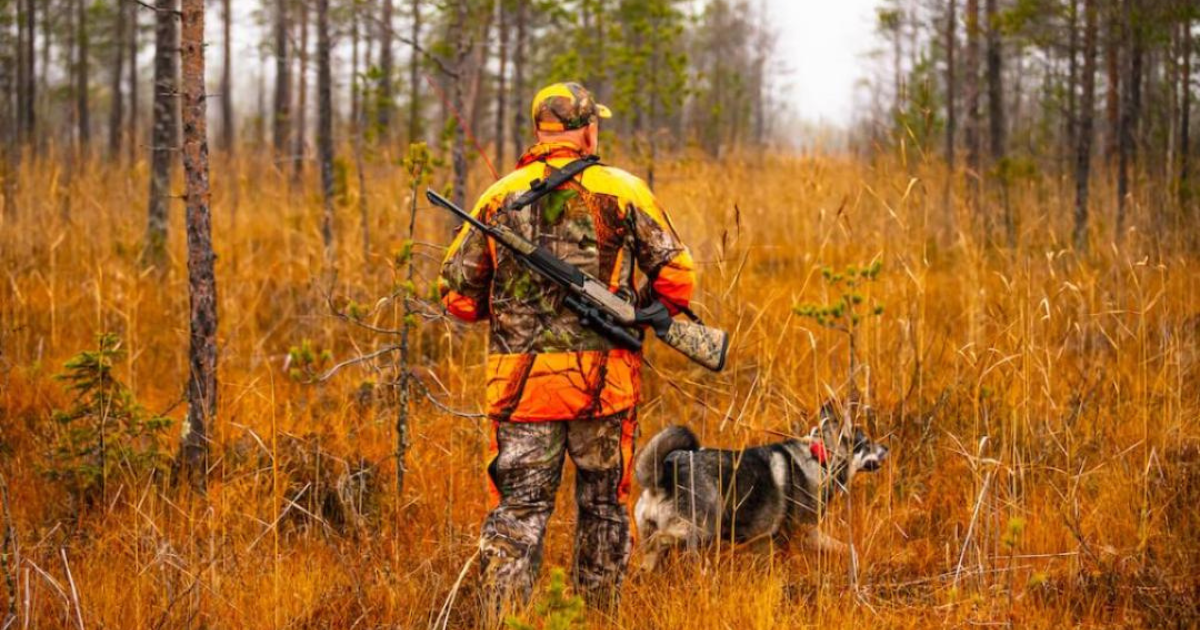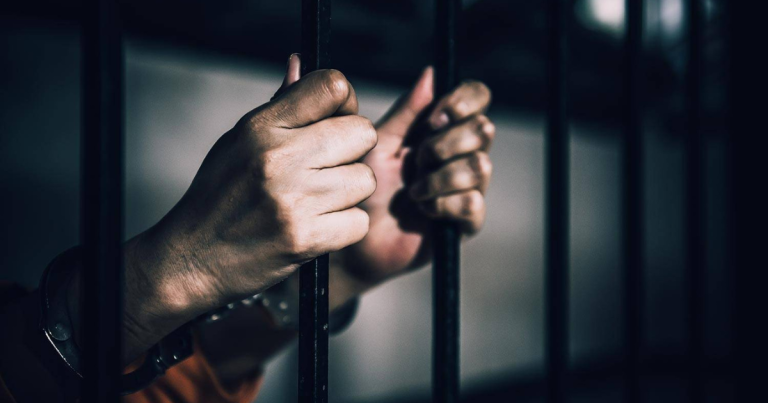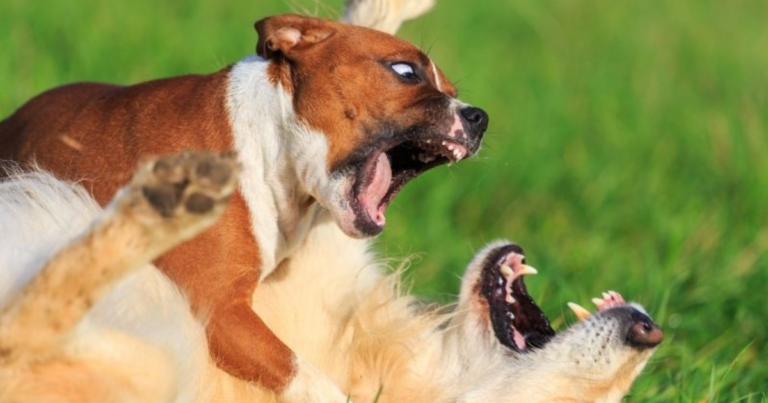Hunting is a popular activity enjoyed by many people across the United States. It’s not just a pastime but also a means of wildlife management and conservation. However, to ensure that hunting is done safely and ethically, it’s essential to follow specific regulations. But who decides on these rules? In most states, hunting regulations are set by a specific group of professionals and organisations.
The Role Of State Wildlife Agencies
In most states, hunting regulations are primarily set by state wildlife agencies. These agencies are responsible for managing wildlife populations, conserving habitats, and ensuring sustainable hunting practices. They work to balance the needs of hunters with the health of animal populations and the environment.
State Departments of Natural Resources (DNR): The State Department of Natural Resources, or its equivalent, is a key player in setting hunting regulations. This department typically oversees all aspects of natural resource management, including wildlife. They conduct research, monitor wildlife populations, and develop regulations to manage hunting seasons, bag limits, and hunting methods.
Wildlife Management Divisions: Within the DNR, there are usually specialized divisions or offices focused on wildlife management. These divisions are staffed with biologists, ecologists, and other experts who gather data on wildlife populations and habitat conditions. They use this information to recommend regulations that help ensure wildlife sustainability.
Public Input And Advisory Boards
State wildlife agencies don’t work in isolation. They often seek input from the public and consult advisory boards made up of experienced hunters and conservationists.
- Public Comment Periods
Before finalizing regulations, many states have a public comment period where hunters and other stakeholders can express their opinions and concerns. This process allows for greater transparency and ensures that regulations reflect the views of the community.
- Advisory Boards
Many states have wildlife advisory boards or committees that include hunters, conservationists, and other interested parties. These boards provide valuable insights and recommendations to the wildlife agencies, helping to shape balanced and effective regulations.
The Role Of Federal Agencies
While state agencies are primarily responsible for setting hunting regulations, federal agencies also play a role, especially when it comes to migratory birds and endangered species.
- The U.S. Fish and Wildlife Service (USFWS)
The U.S. Fish and Wildlife Service is a federal agency that regulates hunting for migratory birds, such as ducks and geese. The USFWS sets frameworks for hunting seasons and bag limits, which state agencies then implement within their jurisdictions. They also work to protect endangered species and ensure that hunting does not negatively impact these vulnerable populations.
- National Park Service (NPS)
Although the National Park Service does not typically set hunting regulations, it manages hunting within national parks where it is allowed. The NPS ensures that hunting activities in these protected areas comply with federal laws and regulations to preserve the natural beauty and biodiversity of the parks.
How Hunting Regulations Are Developed
The development of hunting regulations is a complex process that involves scientific research, public input, and legal considerations. Here’s a simplified look at how it typically works:
- Data Collection
Wildlife agencies collect data on animal populations, habitat conditions, and hunting impacts. This data is gathered through surveys, field studies, and monitoring programs. The information helps determine how many animals can be harvested without harming the population.
- Regulation Drafting
Based on the collected data, wildlife experts draft proposed regulations. These drafts may include changes to hunting seasons, bag limits, or specific rules regarding hunting methods.
- Public Review
Proposed regulations are usually made available for public review and comment. This allows hunters and other stakeholders to provide feedback and suggest improvements.
- Finalization and Enforcement
After reviewing public comments and making necessary adjustments, the final regulations are published and enforced. State wildlife agencies are responsible for educating hunters about the new rules and ensuring compliance.
Why Regulations Matter
Hunting regulations are crucial for several reasons:
- Wildlife Conservation
Regulations help ensure that hunting does not lead to the decline of wildlife populations. By setting limits and controlling hunting methods, agencies can maintain healthy animal populations and ecosystems.
- Safety
Regulations promote safety by establishing rules for hunting practices and firearm use. This reduces the risk of accidents and ensures that hunting is conducted responsibly.
- Ethical Hunting
Rules and regulations help promote ethical hunting practices. They ensure that hunting is done in a humane and respectful manner, adhering to principles of fair chase and respect for wildlife.
- Ecosystem Balance
By managing hunting activities, regulations help maintain the balance of ecosystems. They prevent overhunting and ensure that predator-prey relationships remain stable.
Conclusion
In most states, hunting regulations are set by state wildlife agencies, often with input from public advisory boards and federal agencies. These regulations are essential for conserving wildlife, promoting safety, and ensuring ethical hunting practices. The collaborative effort between scientists, policymakers, and the public helps create a balanced approach to wildlife management, ensuring that hunting remains a sustainable and responsible activity.





